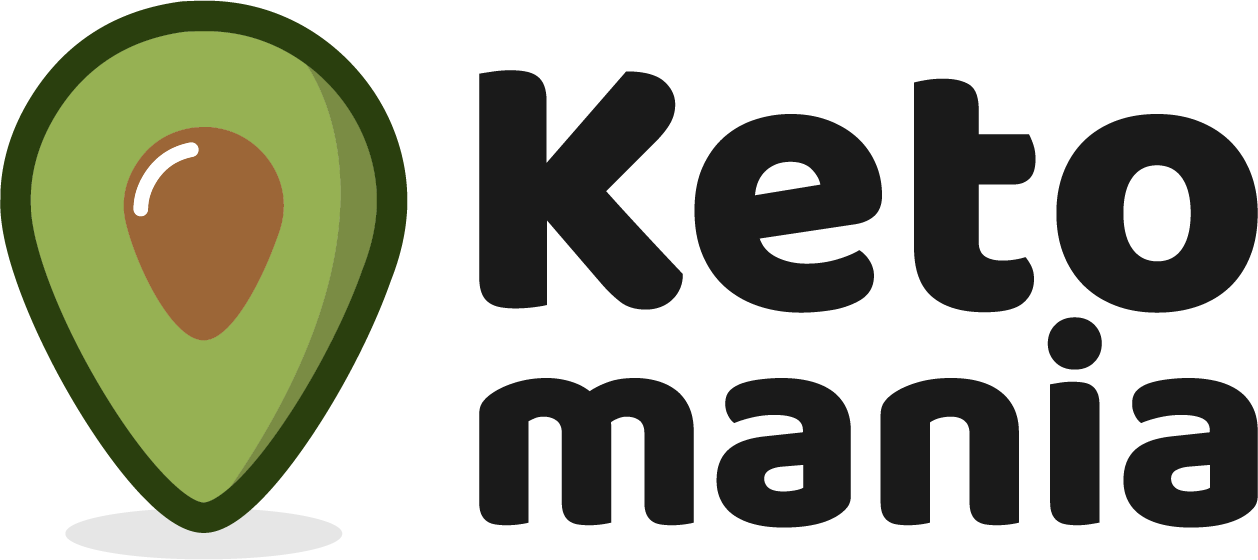For some reason (no matter what – the choice is still good!) You give up eating sugar or at least you decide to limit its consumption: you stop sweetening coffee, tea, you deny yourself a second cookie… But is that enough? If you give up specific sources of sugar, can you be sure that you eliminate it completely?
Unfortunately, not necessarily. Sugar is massively added to products in which you would not even expect it. I opened my eyes wide, seeing sugar at a high position in the list of ingredients for ready salad or natural yogurt. It would seem that such products have the same health… Right?
Carbohydrates? Sugars? What's the difference?
In one of the first entries I focused on carbohydrates themselves as such from a chemical point of view. I refer there not to write the same a second time, but I will briefly explain: carbohydrates are sugars and sugars are carbohydrates. So why the distinction on the label? Because carbohydrates will also be polysaccharides like fiber, which are not digested, while sugars with shorter chains are fully digestible. For people for whom the word “sugar” is only associated with this sugar from the sugar bowl, the concept can be confusing. Sugar distinction means the content of sugars such as monosaccharides: glucose, fructose, galactose and disaccharides: lactose, sucrose, maltose. The main problem is sucrose, which is this popular white sugar.
How much sugar is ok?
According to WHO recommendations, sugars should cover no more than 10% of your daily caloric intake in a healthy diet. In addition, WHO tends to reduce sugar intake to 5% kcal per day, but the organization claims that this theory still requires work. The average daily caloric demand for an adult is about 2,000 kcal, i.e. 10% will be 200 kcal. From 1 gram of carbohydrates, the body acquires 4 kcal, so 50 grams of carbohydrates will correspond to the daily norm of sugars. The recommendations for children are the same, although it should be borne in mind that children should consume a correspondingly lower number of calories, so also the amount of carbohydrates will be proportionally lower.
And how much is it actually?
This can easily be translated into a number of teaspoons of sugar. Accordingly, this number of calories will be the equivalent of about 10 teaspoons of white sugar (1 teaspoon = 5 grams, or 20 kcal). A lot? Little? See on the example of popular cookies:
- Oreo cookies (values per 100g; 11g – one cake)
- energy value: 480 kcal; 53 kcal
- fat: 20g; 2.2g
- saturated fatty acids: 9.8g; 1.1 g
- carbohydrates: 69g; 7,6g
- including sugars: 38g; 4,1g
- fiber: 2.5g; 0.3 g
- protein: 5g; 0.5g
- salt: 0.9g; 0.1g
One cake contains almost a teaspoon of sugar, and eating only 100 grams of Oreo cookies (9 pieces), we are already reaching the daily limit. Well, sad as hell, but it makes you realize how much sugar you can consume spending a nice evening in sweet company, because – let’s meet – on these 9 cakes would not end … Certainly not at my place. ???? To this tea with 2 teaspoons of sugar or honey (yes! Honey is also a source of sugar) and the limit is exhausted. Someone will say: okay, I will not eat anything sweet during the day, I will keep the limit on sweets in the evening! This is not impossible, but at least difficult to accomplish without reading the labels, because you have to be on your guard.

Is sugar only sweet?
Add fruit to yogurt, drink one innocent glass of cola and sweep. If you want to take care of your sugar-free diet, you must really be careful. I enthusiastically read conspiracy theories carefully read labels, because sugar is just one of the elements that you should pay attention to when choosing products from the store shelf.
And you? Do you watch the amount of sugar you eat? Do you read the labels?

